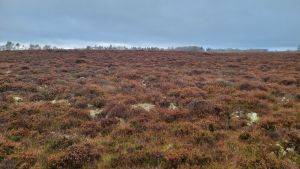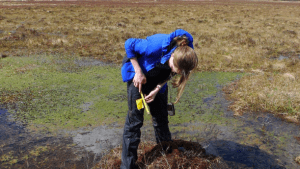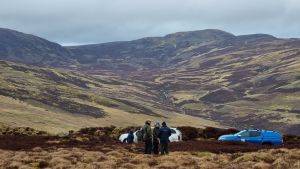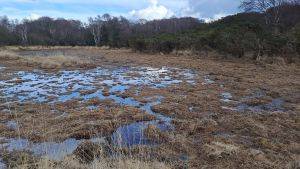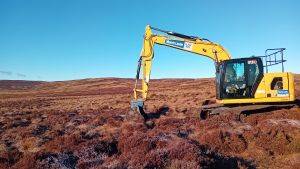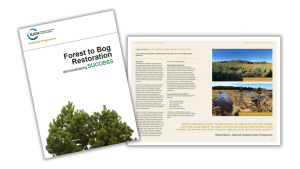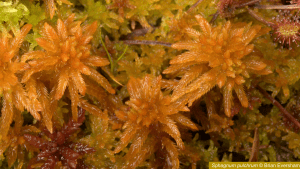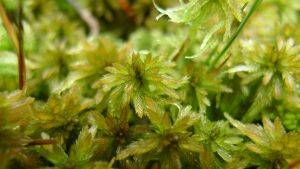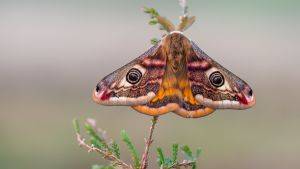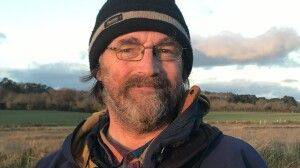This edition of the newsletter focuses on the historic environment record of peatlands, showcasing some recent projects and studies in the UK, with a diversion across the Channel to the Netherlands. I must admit, the term ‘historic environment’ always strike me as a slightly bland term for the wide array of archaeological, palaeoecological, geographical and historical methodologies that are included under its descriptive umbrella. However, there are few other comparable general terms so it will have to do for now! We hope these five short summaries illustrate the important and inspiring range of such work that is currently being carried out on peatlands. Whilst the central theme for peatland archaeological studies remains the exceptional preservation potential of these environments, the importance of cross-sectoral collaboration, public engagement and threats to the survival of the archaeological record are associated issues.

Above (left to right): Excavation of a sequence of collapsed wooden palisades at the perimeter of the Glastonbury Lake Village © South West Heritage Trust; Whitehorse hill cist, Dartmoor, courtesy of Ralph Fyfe; Standing Stone – a high point of Dartmoor probably in the late Neolithic- Bronze Age (2,900-700 BC) © Exmoor Mires Partnership.
The Somerset Levels contain the highest concentration of peatland archaeological sites in the UK, with monuments from the Neolithic period (c. 5800 years before present) onwards. Drs Tom Hill (Natural History Museum), Richard Brunning (Somerset County Council) and Professor Ralph Fyfe (University of Plymouth) and colleagues outline new archaeological and palaeoecological investigations at the iconic prehistoric site of the Glastonbury Lake village. Although studied since the 19th century, this wetland settlement continues to produce remarkable evidence of Iron Age life.
Upland peat environments are sometimes perceived as largely ‘unproductive’ in archaeological terms, but Professor Ralph Fyfe demonstrates that this is anything but the case for Dartmoor, southwest England. The blank spots for many upland areas are related in some measure at least to the relative lack of investigation as to actual archaeological ‘blankspots’: there must be other monuments such as The White Horse cist in blanket peat areas awaiting discovery.
Staying with this theme and also the uplands of southwest England, Martin Gillard outlines the work of the Exmoor Mires Project, demonstrating the value and importance of embedding a Historic Environment officer within peatland restoration and conservation programmes. He highlights the significant numbers of new sites and monuments identified on Exmoor and draws attention to the potential of the historic environment record for public engagement.
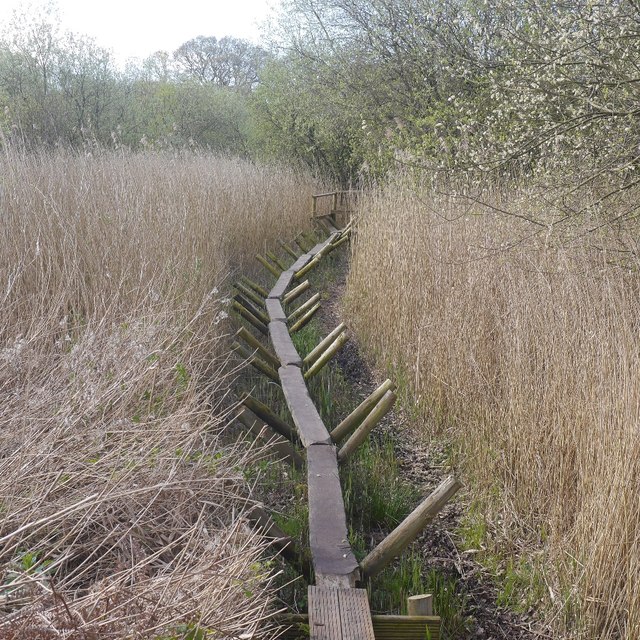
Dr Roy van Beek (Wageningen University) introduces his project HomeTurf: it should be noted that despite extensive extraction, the remaining areas of peat in the Netherlands provide significant potential for further study.
Dr Kirsty High (University of York) draws attention to the processes that threaten the survival of organic archaeological remains in peatlands. Perhaps the most important lesson is that whilst we may think of direct impacts such as peat cutting as being the obvious threat to physical remains, processes associated with changes in water chemistry can have drastic effects on the survival of the archaeological record. This presents a problem for heritage managers as the expense of excavating archaeological sites threatened in this way can be significant.
If anyone would like more information on the projects, please do get in touch with the authors.
Dr Ben Gearey, Department of Archaeology, UCC, Cork, Ireland B.Gearey@ucc.ie
Above: A replica of the Neolithic 'Sweet Track' stretching for 2 km across the Somerset Levels. Large areas of the real trackway are located in areas of peatland that have undergone intensive drainage. Image courtesy of Kirsty High.

